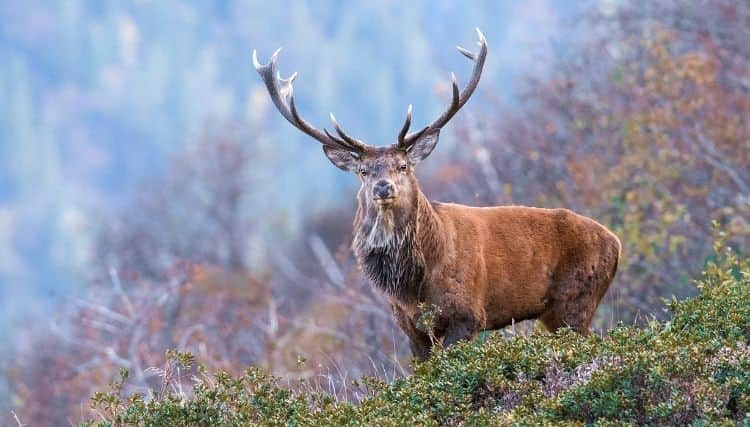
Greetings, nature enthusiasts! Today, we embark on an exciting journey into the world of red deer and their fascinating habitat preferences. These magnificent creatures play a vital role in our ecosystems, making it crucial to understand their habitat needs. By delving into the nuances of their habitat choices, we can gain a deeper appreciation for their way of life and work towards conserving their natural homes.
Habitat Requirements of Red Deer
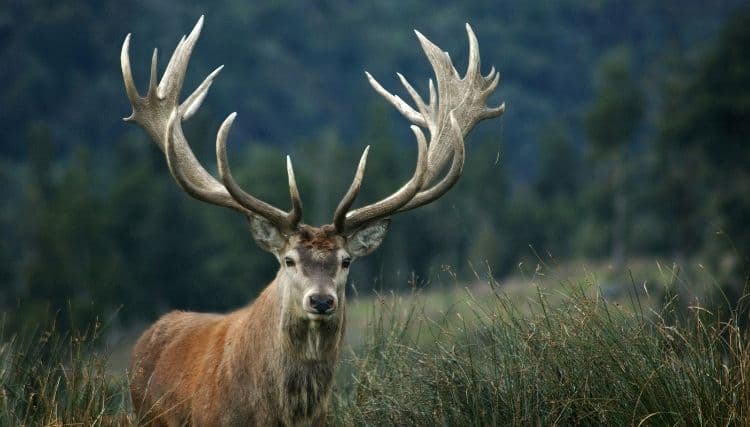
When it comes to surviving and thriving, red deer have specific needs that must be met. Let’s explore their habitat requirements in more detail, starting with climate and weather conditions. These hardy animals are known to adapt to various climates. They exhibit a preference for temperate regions and thrive in environments with moderate temperatures and ample precipitation.
The availability of food plays a significant role in shaping red deer populations. They prefer areas with an abundance of nutritious vegetation. Lush grasslands, heathlands, and shrublands are among their favored habitats. Consequently, the availability of food has a direct impact on the dynamics of red deer populations.
Next, we turn our attention to the importance of cover and shelter. Red deer seek out habitats that provide suitable cover for nesting and raising their young. Areas with dense vegetation, rocky terrain, or forested patches offer the desired protection from potential predators. By carefully selecting habitats with ample cover, these animals increase their chances of survival.
Spatial Distribution
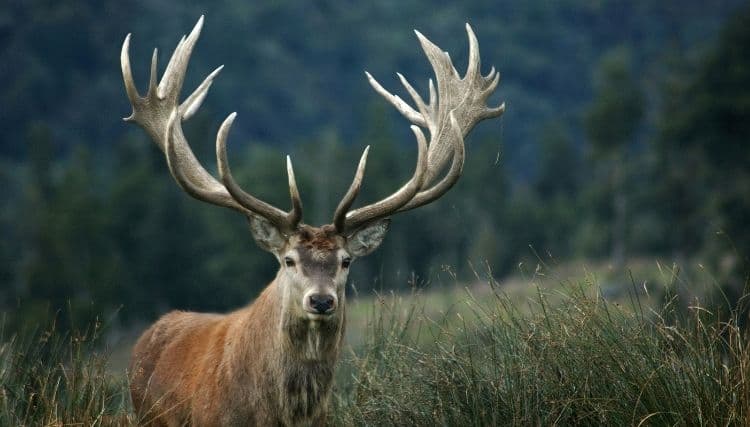
The spatial distribution of red deer is influenced by several factors. Let’s start by considering their preferred elevation and topography. Red deer are adaptable creatures, inhabiting a wide range of altitudes. However, they tend to favor areas with diverse topography, including valleys, hills, and mountains, which provide a variety of resources and escape routes if needed.
Vegetation composition and density play a vital role in red deer’s spatial distribution. They exhibit selective grazing behavior, seeking out specific plant species and community types for their dietary needs. The density of vegetation also affects their browsing patterns and movement, as they navigate through their chosen habitats.
Environmental Factors Influencing Red Deer’s Habitat Preferences
Although red deer have adapted to diverse environments, certain environmental factors can significantly impact their habitat preferences. Human disturbance is one such factor. Urbanization, agriculture, and tourism can disrupt natural habitats, leading to altered behavior and habitat use among red deer. Effective mitigation measures are essential to minimize human-wildlife conflicts and preserve their native habitats.
 Image courtesy of www.amazon.com · In stock via Google Images
Image courtesy of www.amazon.com · In stock via Google Images
Climate change poses another challenge for red deer populations worldwide. As temperatures and precipitation patterns shift, it can affect the availability of suitable habitats and impact the distribution of vegetation. Red deer populations must adapt to these changes, and conservation efforts should focus on providing suitable habitats and assisting their resilience in a changing world.
Habitat Management and Conservation Efforts
Understanding red deer’s habitat preferences is the first step toward effective habitat management and conservation. Maintaining suitable habitats is crucial in ensuring their survival. To achieve this, prescribed burning and grazing management can be employed to create diverse vegetation communities that suit red deer’s needs.
Numerous conservation initiatives have also been implemented to protect critical red deer habitats. By collaborating with local communities, governments, and conservation organizations, we can create protected areas, restore degraded habitats, and implement sustainable conservation strategies. It is through these collective efforts that we can secure a future where red deer populations thrive.
Conclusion
The perfect red deer habitat is a testament to the intricate balance of nature. By recognizing their habitat preferences and their ecological significance, we pave the way for meaningful conservation actions. Let us stand united in our commitment to preserving and protecting their homes, ensuring a harmonious coexistence between these majestic creatures and the natural world.

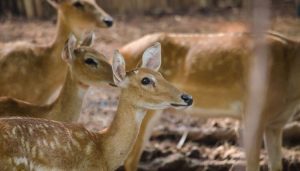
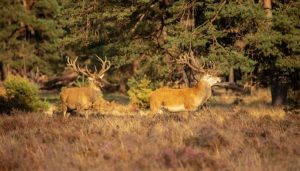
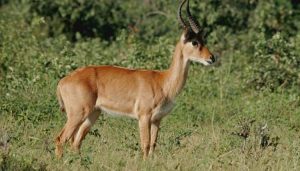
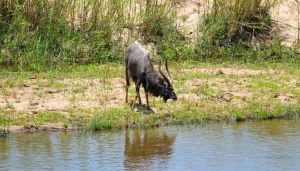
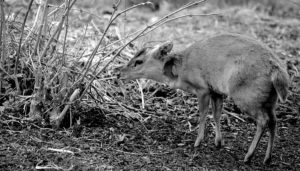
Leave a Reply